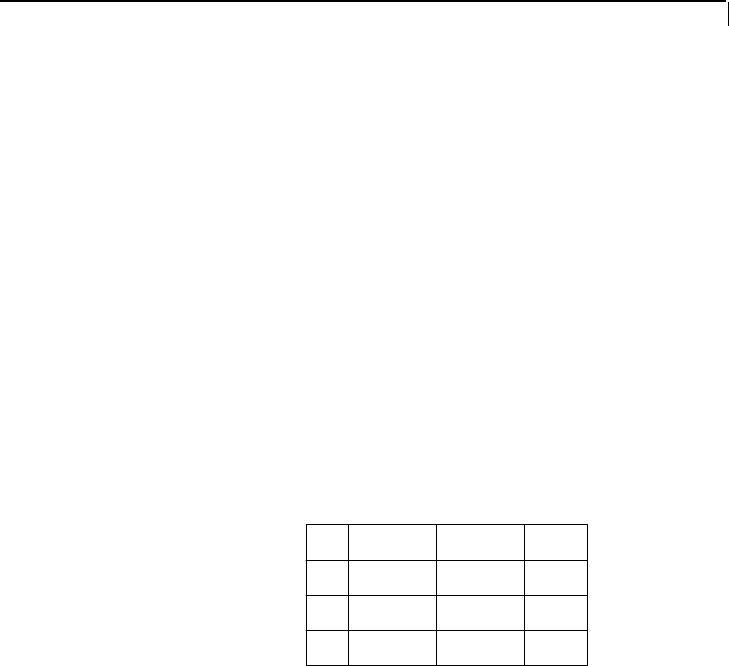
Section 5
5-45
4. This command must be used after the MEMBER INCIDENCE
& ELEMENT INCIDENCE section and before the MEMBER
PROPERTIES & ELEMENT PROPERTIES section. The elements
that are created internally are numbered sequentially with an
increment of one starting from the last member/element number
plus one. Similarly the additional joints created internally are
numbered sequentially with an increment of one starting from the
last joint number plus one. It is advisable that users keep the joint
numbers and member/element numbers in a sequence with an
increment of one starting from one.
5. If there are members embracing a super-element which is being
meshed, the users will have to take care of the required
additions/modifications in the MEMBER INCIDENCE section
themselves since a few more new joints might appear on the
existing common boundary as a result of meshing the super-
element. See the following figure:
A
B
C
D
Figure 5.3
Note : If a member exists between points A and B, the user must breakup this
member into 4 parts. Members will not be meshed automatically.
6. The sub-elements will have the same direction (Clockwise or Anti-
clockwise) as the super-elements. For a super-element bounded by
four points A, B, C and D, if ABCD, BCDA etc. are in clockwise
direction, CBAD or DCBA etc. are in anti-clock wise direction. If
the particular super-element is denoted as ABCD, all the sub-
elements in it will have a clockwise element incidence in this
example.
